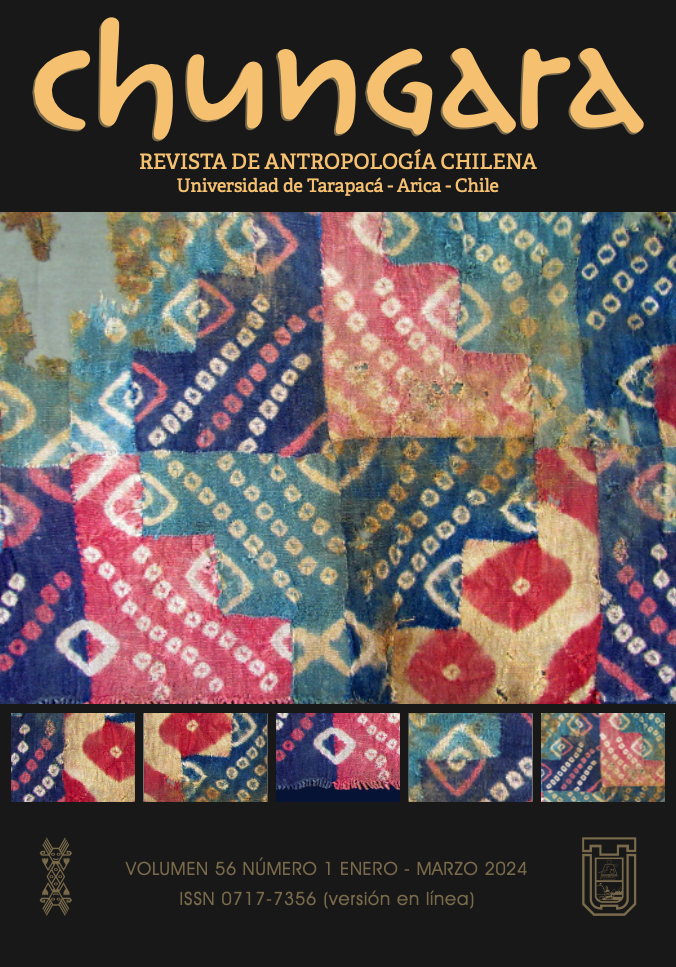Written by Super User. Posted in Papers - English
BIOARCHAEOLOGY OF THE EARLY HUNTER-GATHERERS OF THE PAMPEAN REGION. NEW DATA FROM THE ARROYO SECO 2 SITE (BUENOS AIRES, ARGENTINA)
BIOARQUEOLOGÍA DE LOS CAZADORES-RECOLECTORES TEMPRANOS DE LA REGIÓN PAMPEANA. NUEVOS DATOS DEL SITIO ARROYO SECO 2 (BUENOS AIRES, ARGENTINA)
Clara Scabuzzo y Gustavo G. Politis
In the last 40 years, archaeological research at Arroyo Seco 2 (Buenos Aires Province, Argentina) has led to the recovery of the human remains of at least 50 individuals assigned to the Early and Middle Holocene. This constitutes one of the most important bioarchaeological records of the Southern Cone for early moments. Starting in 2009, new excavations were carried out, additional individuals were recorded, the previously published skeletons were re-analyzed, and 36 radiocarbon datings were performed on human bones. The integration of new data with the previous information led to a revision of some interpretations of the site. Currently, the evidence indicates that the earliest occupations are contemporaneous with changes in Early-Middle Holocene population dynamics. At that time, Arroyo Seco 2 functioned as a residential camp, and burial activities at the site date to ~8550 cal. BP. Later, funerary activities continued with mostly primary interments and the occasional secondary burial, with some graves marked by stones. Throughout the 3600 years of burial activity, the place acquired ancestral significance as part of a growing ritualization of death. This is reflected in elaborate funerary accompaniments, some of which suggest a degree of socio-political or ideational differentiation within the group. Key words: Bioarchaeology, Hunter-g
Print
Email
Written by Super User. Posted in Papers - English
SURVEYING SOCIAL ORGANIZATION THROUGTH THE DISPLACEMENT THROUGH THE CIRCULATION PATHS OF LAS PAILAS (NORTH CALCHAQUÍ VALLEY, SALTA)
EXPLORANDO LA ORGANIZACIÓN SOCIAL A PARTIR DEL MOVIMIENTO POR LAS VÍAS DE CIRCULACIÓN DE LAS PAILAS (VALLE CALCHAQUÍ NORTE, SALTA)
Joaquín Ignacio Izaguirre, Félix A. Acuto, Alejandro Andrés Ferrari e Ivan Leibowicz
In this paper, we explore the spatial organization and symbolic-structural elements that could have permeated the social life during the Late Intermediate Period (1000 AD - 1400 AD). The archaeological settlement of Las Pailas in the Northern Calchaquí Valley (Salta, Argentina) have 559 agglomerated structures, with access to more than 500 ha of crop fields. We conducted formal analyses on the archaeological compounds of the site and its circulation paths, as well as visibility analysis through Geographic Information Systems software to assess what you see as you walk the paths. The results suggest that the spatial organization of the site reflects some Andean organizational features, such as the possible organization in ayllus, as well as an emphasis on duality and encounter.
Print
Email







